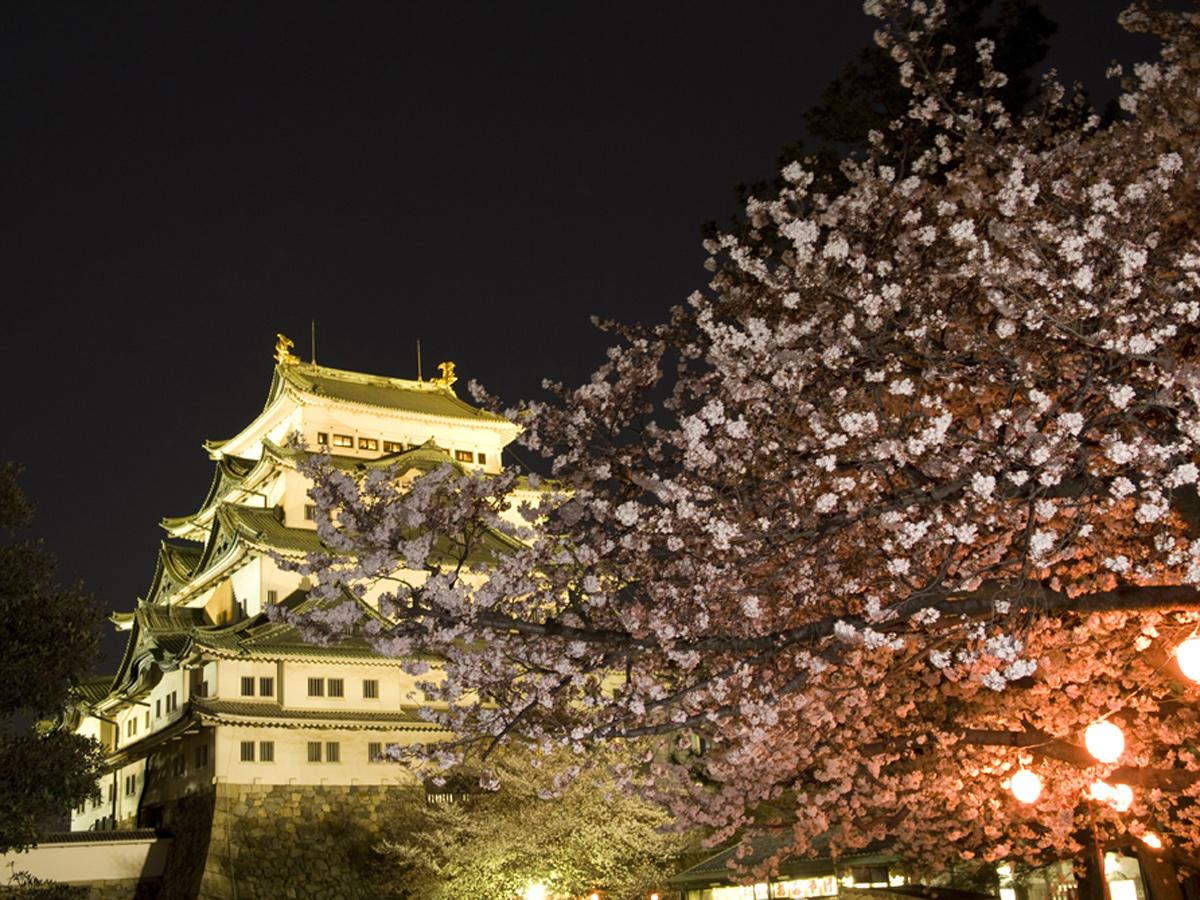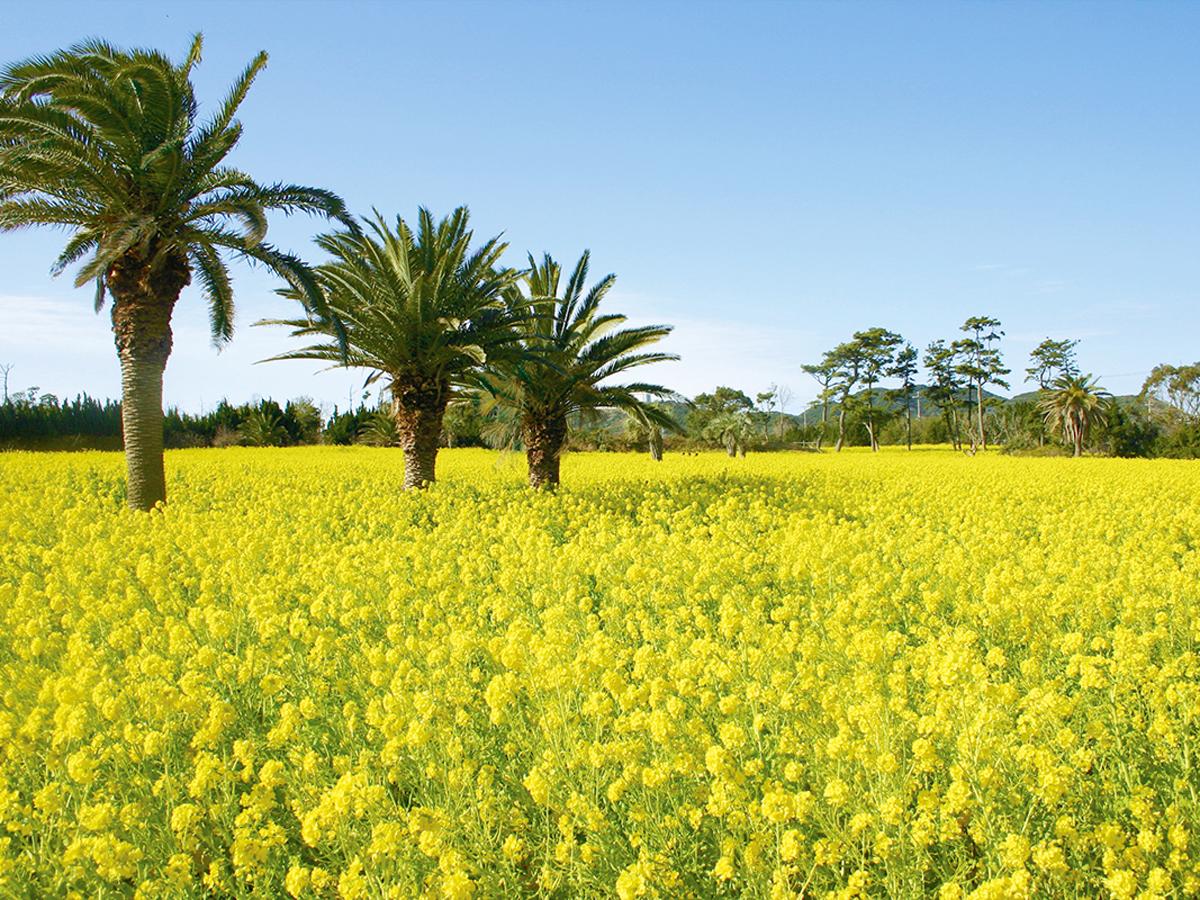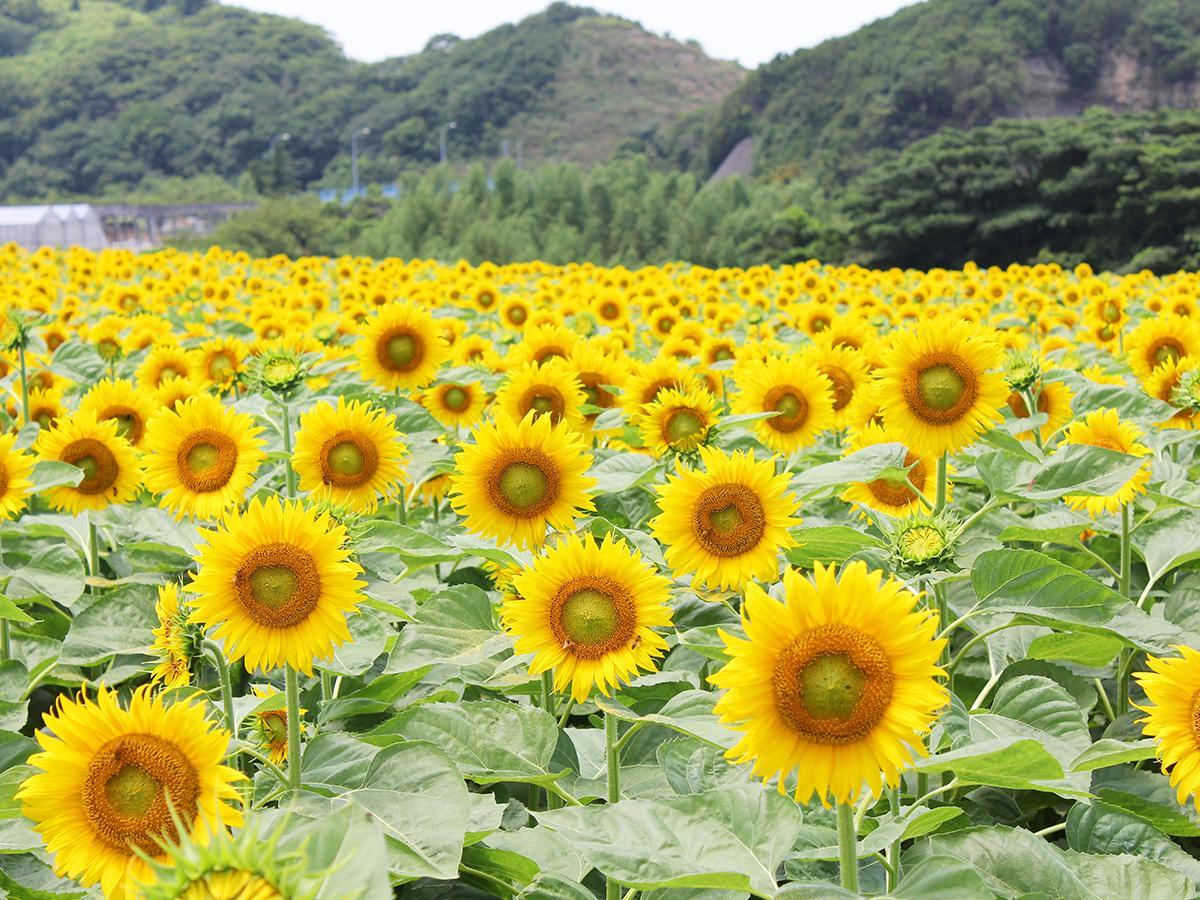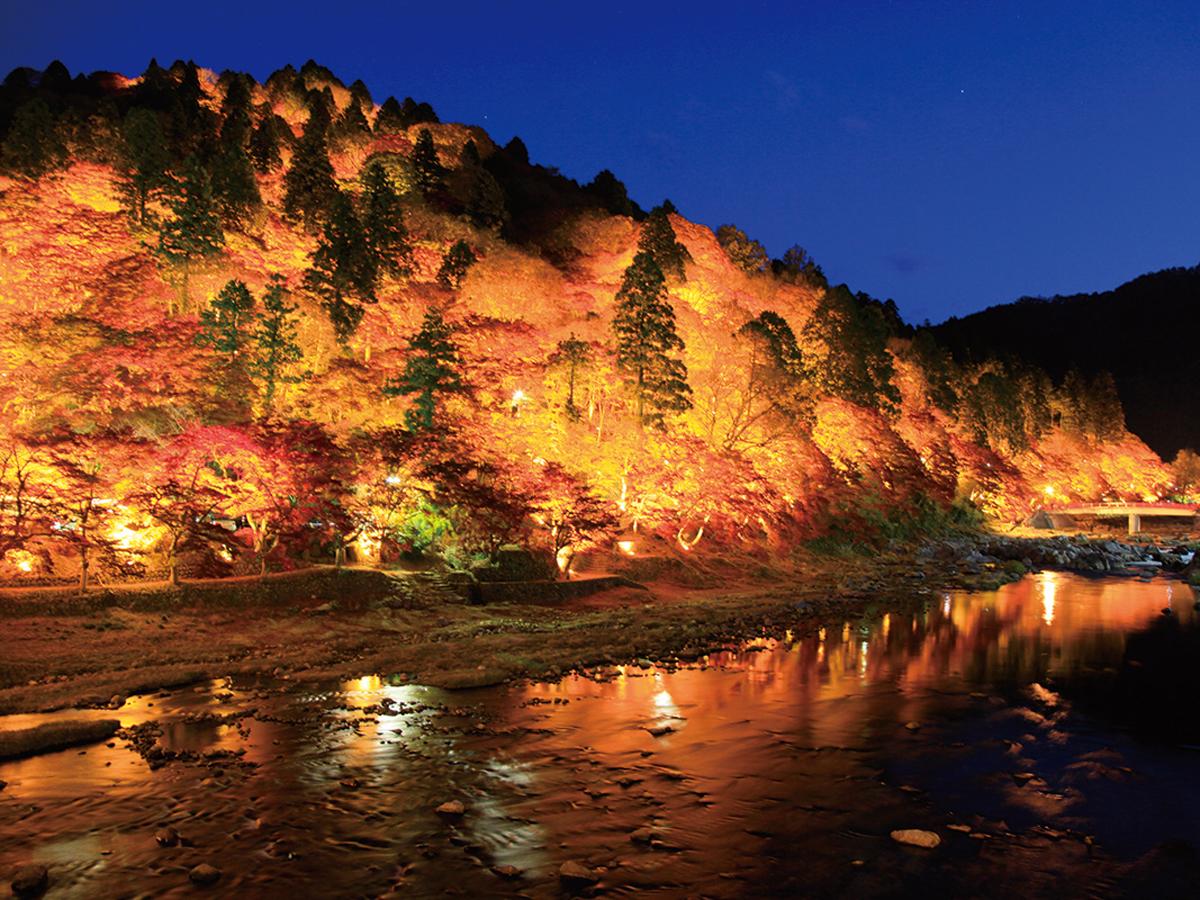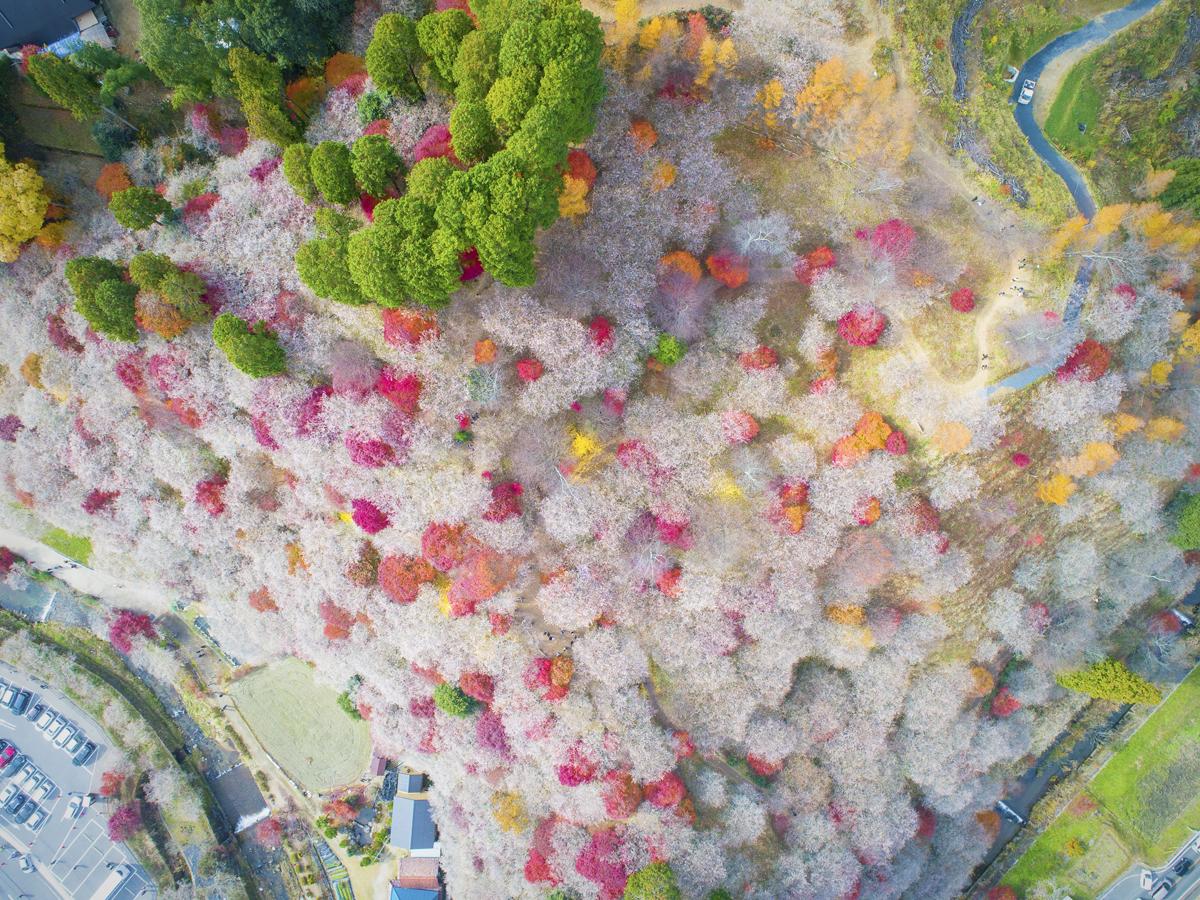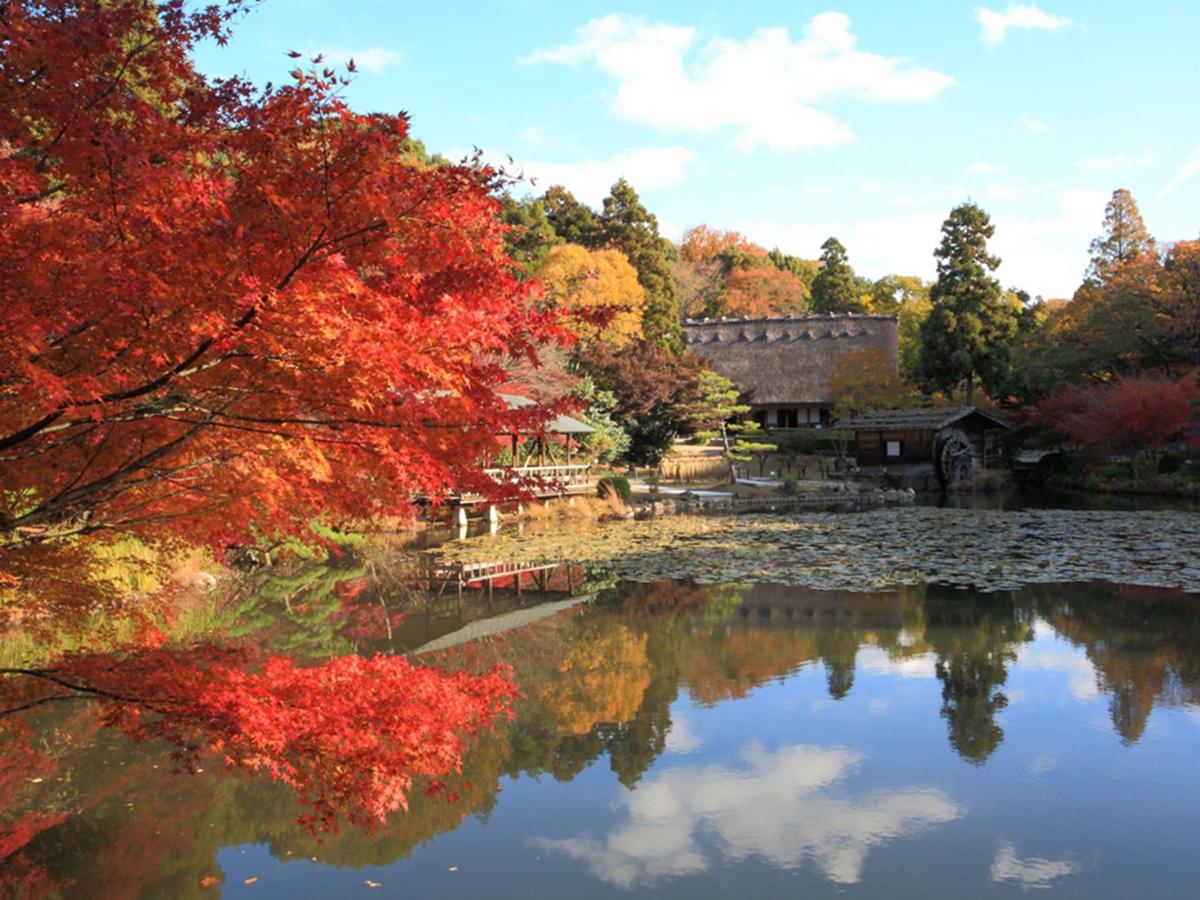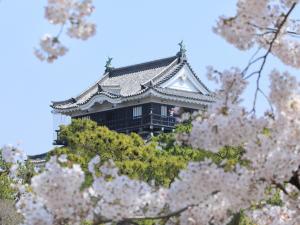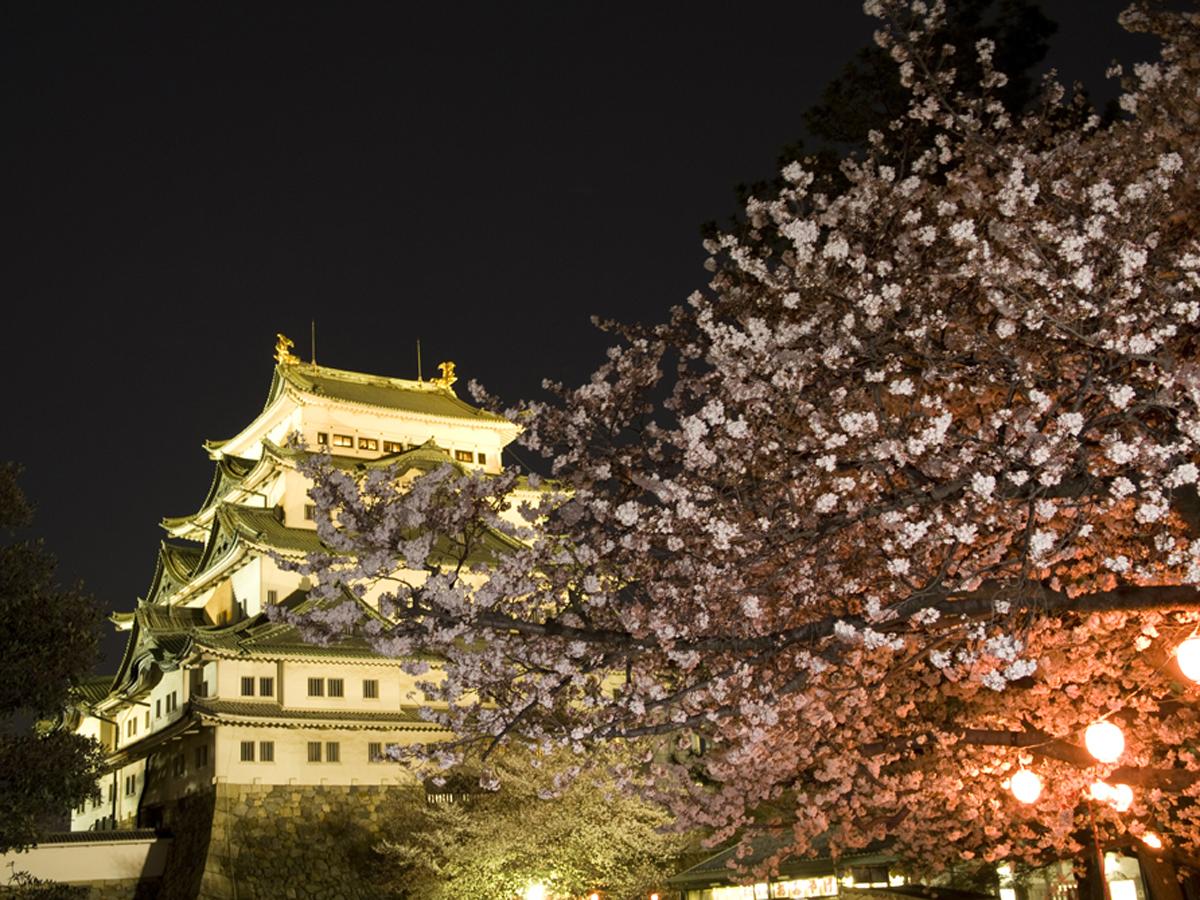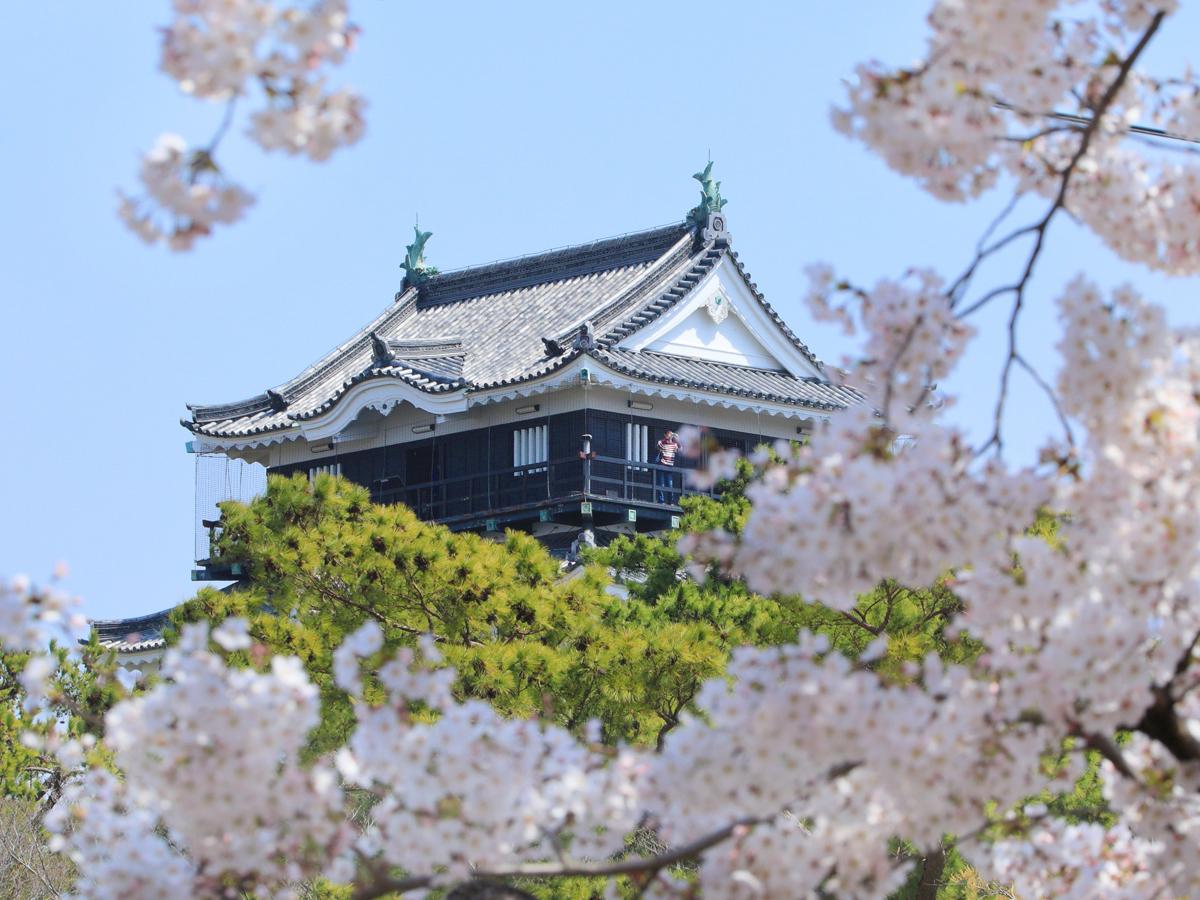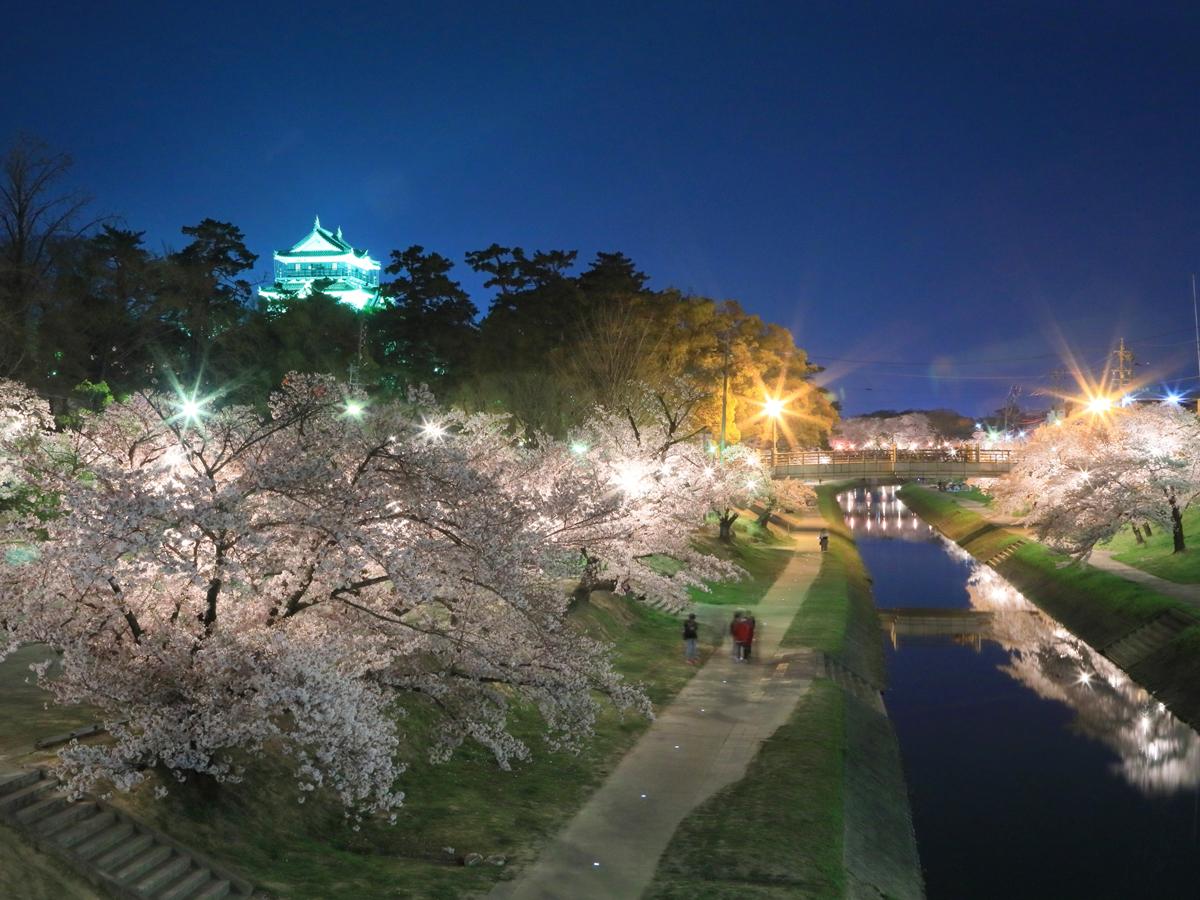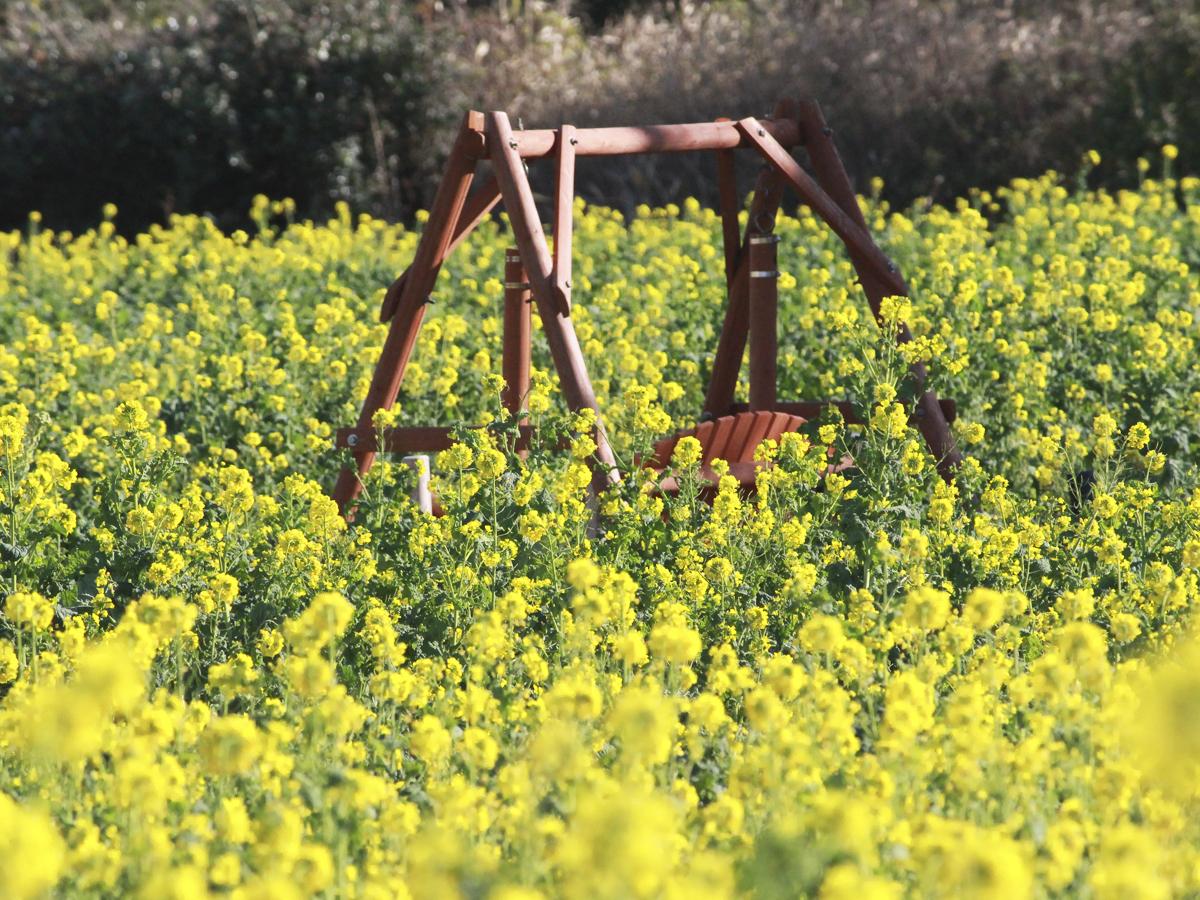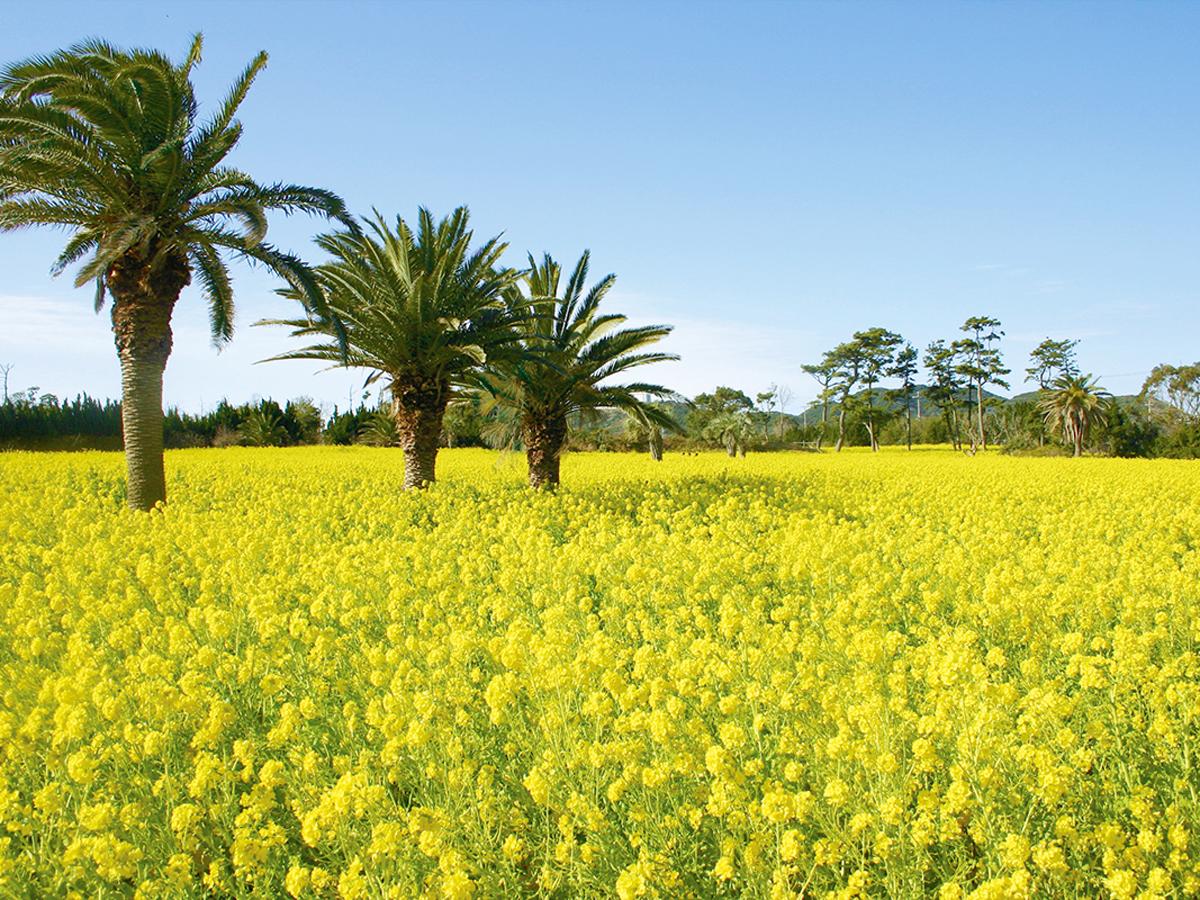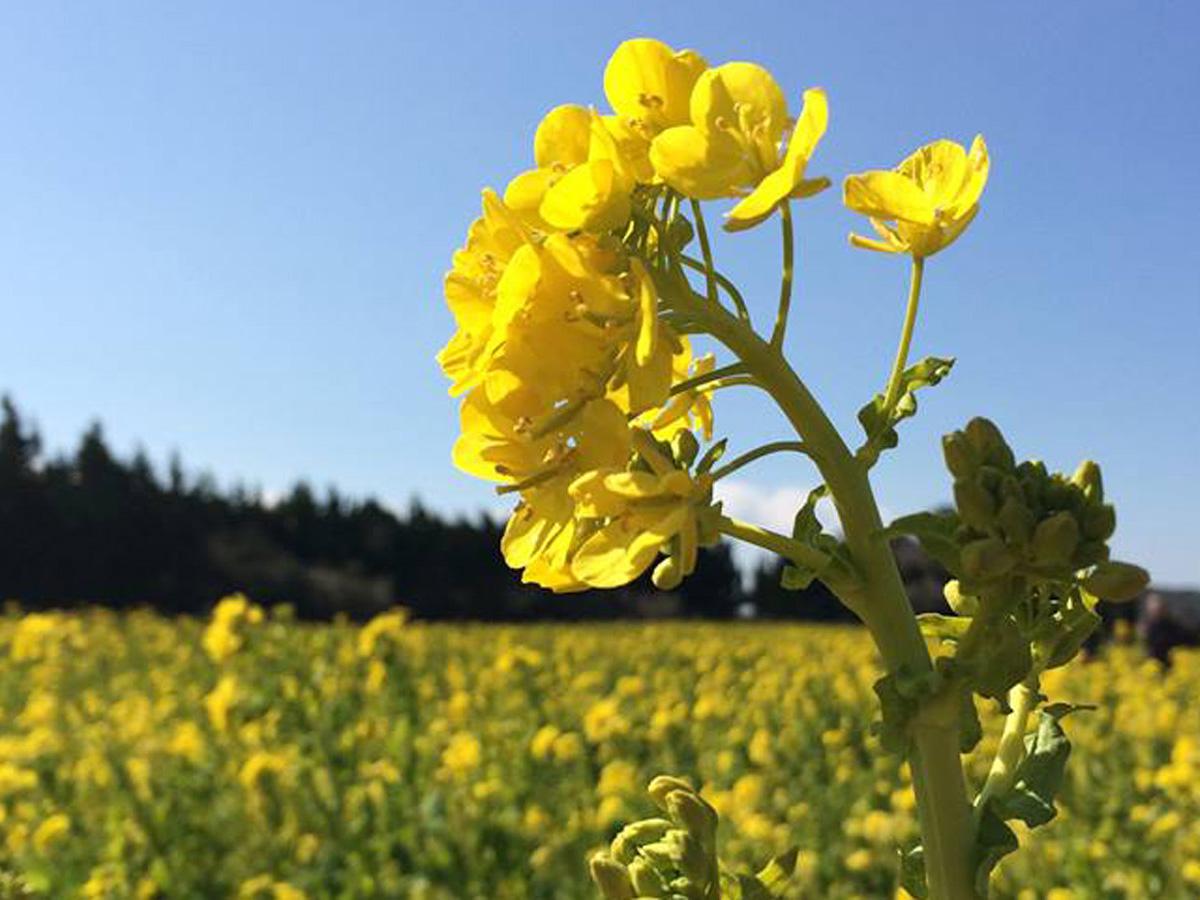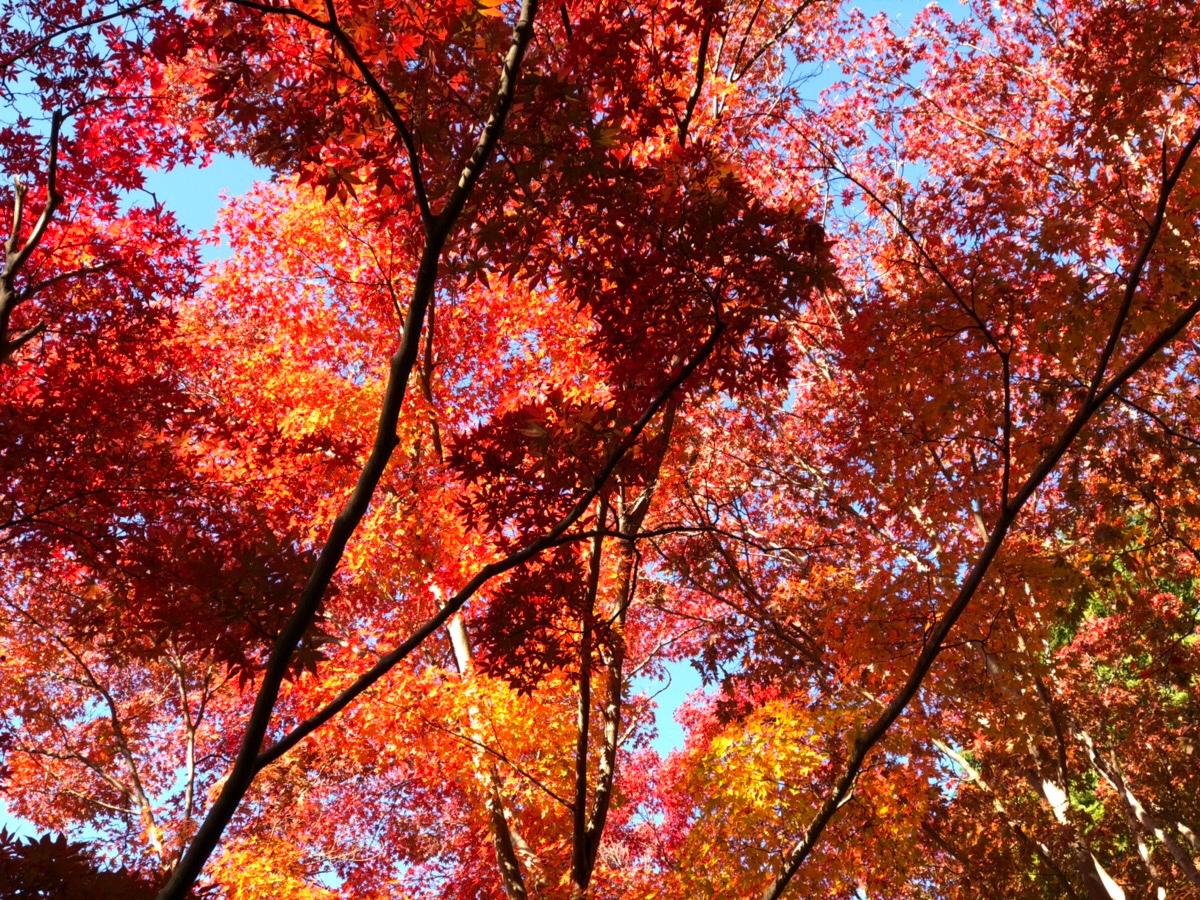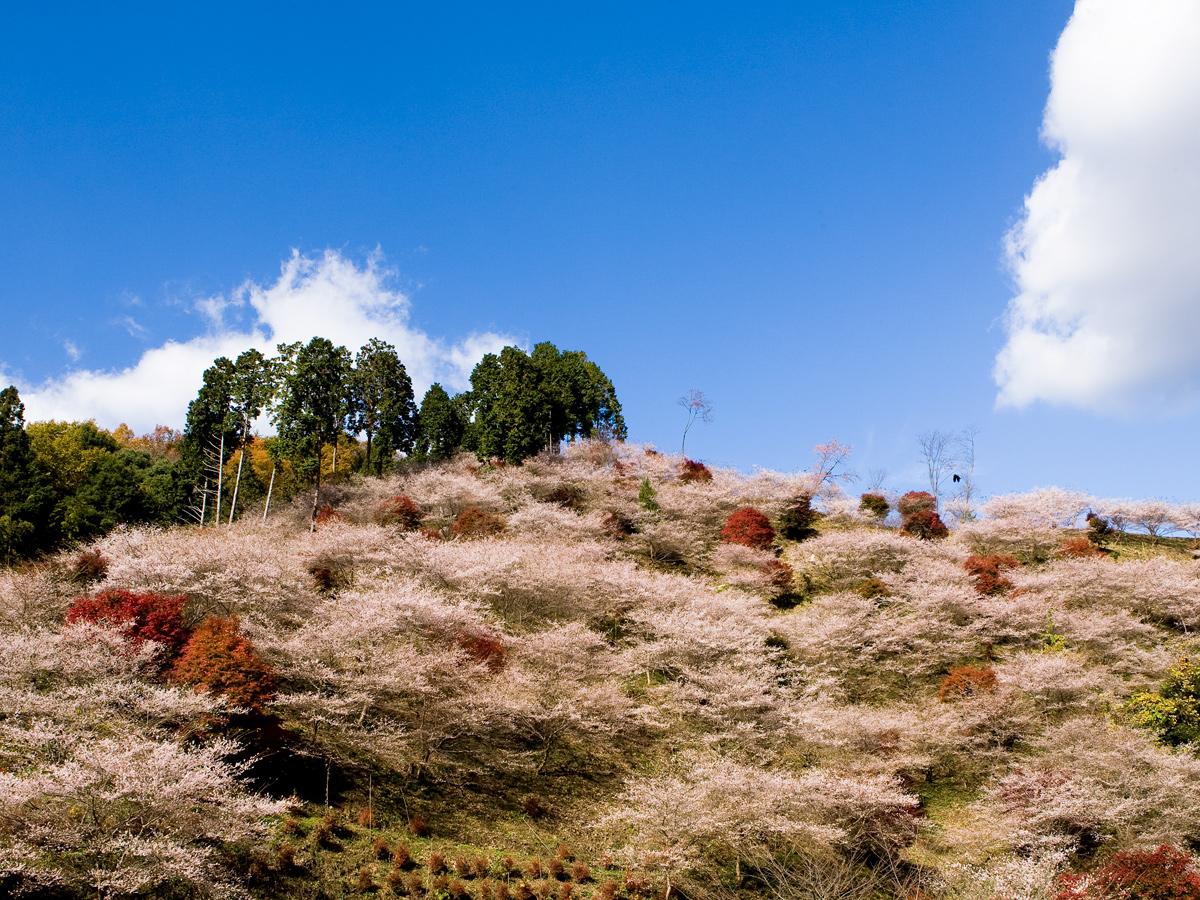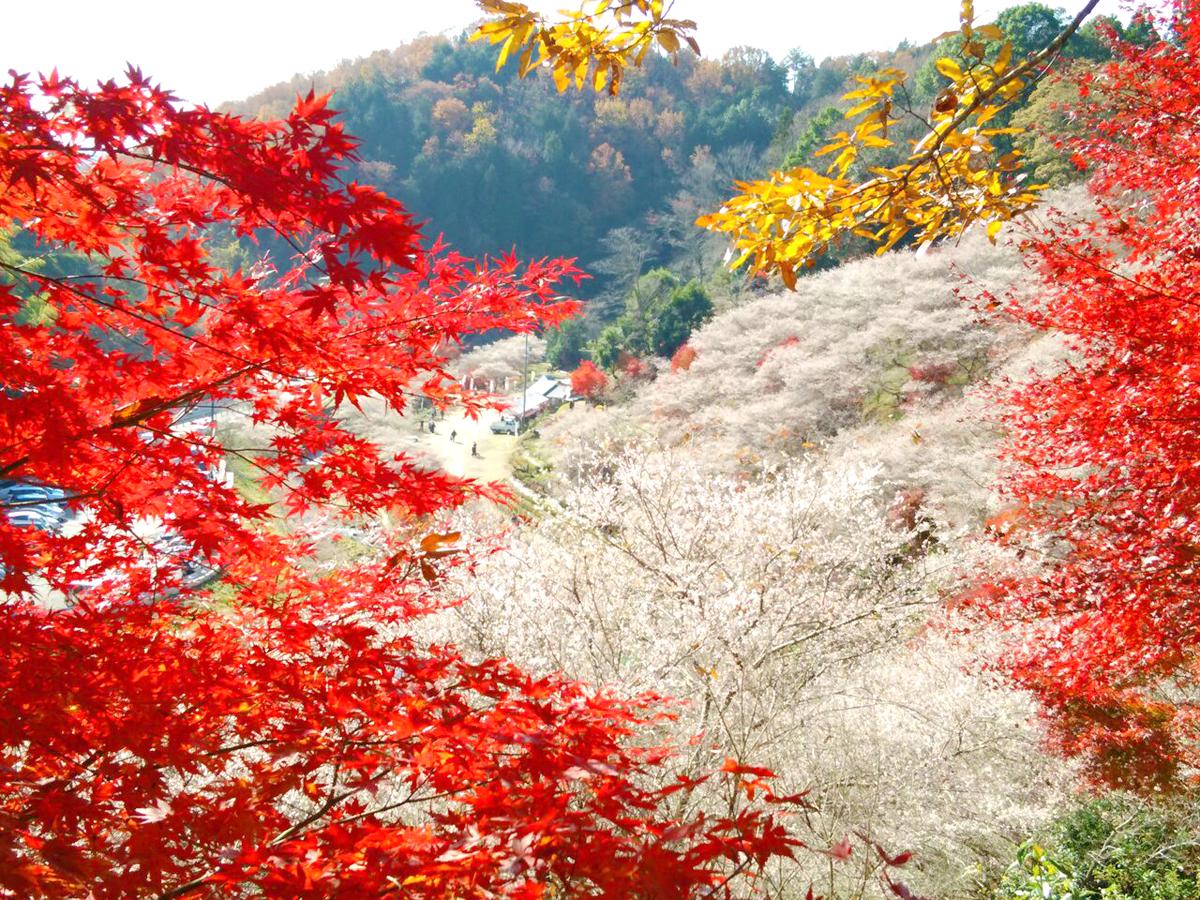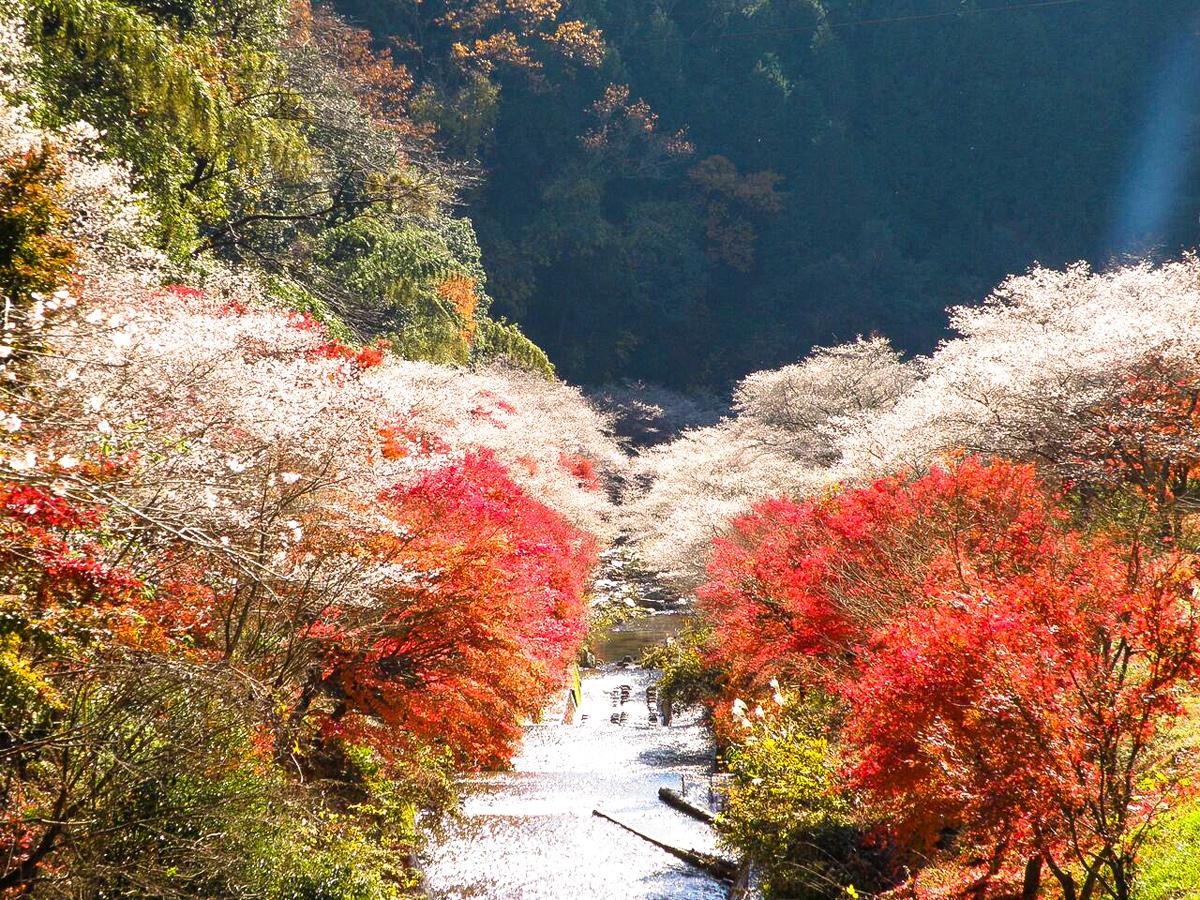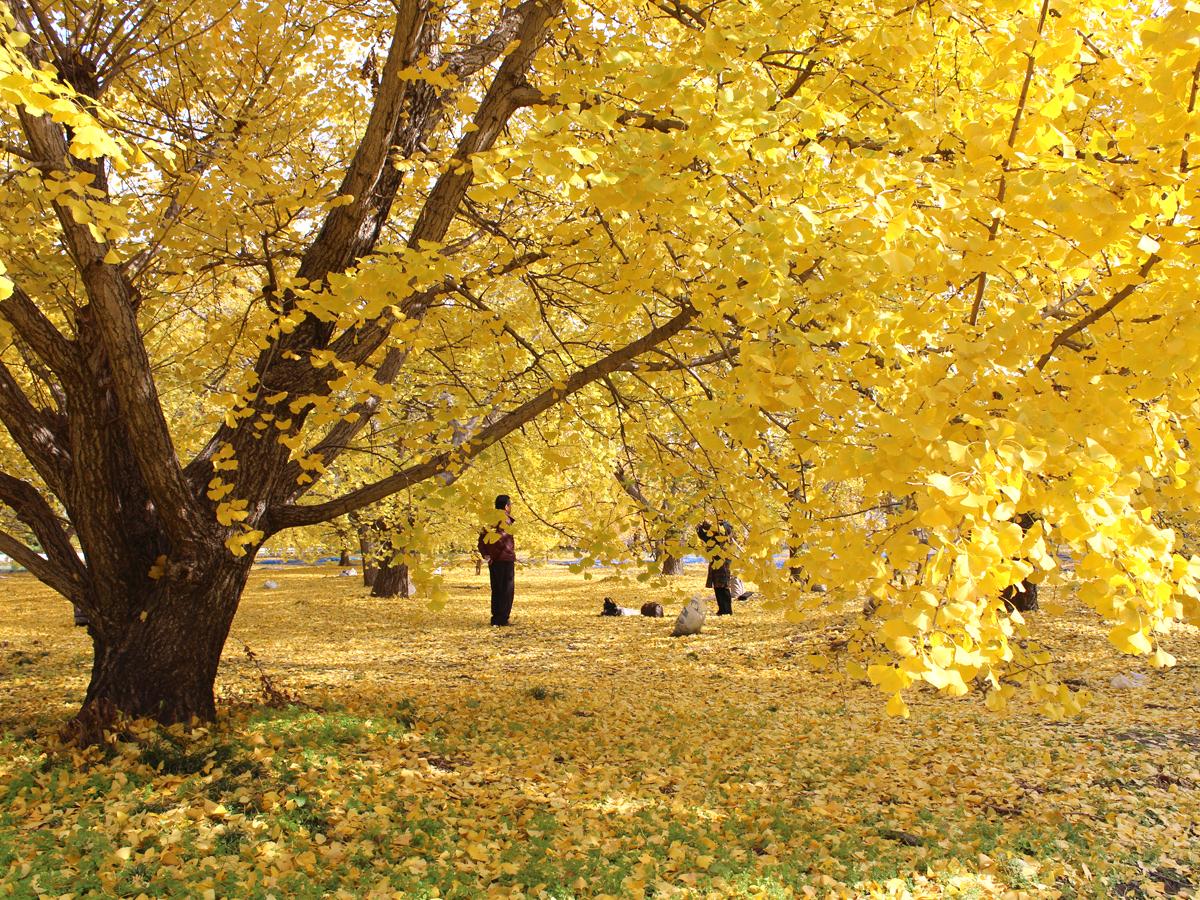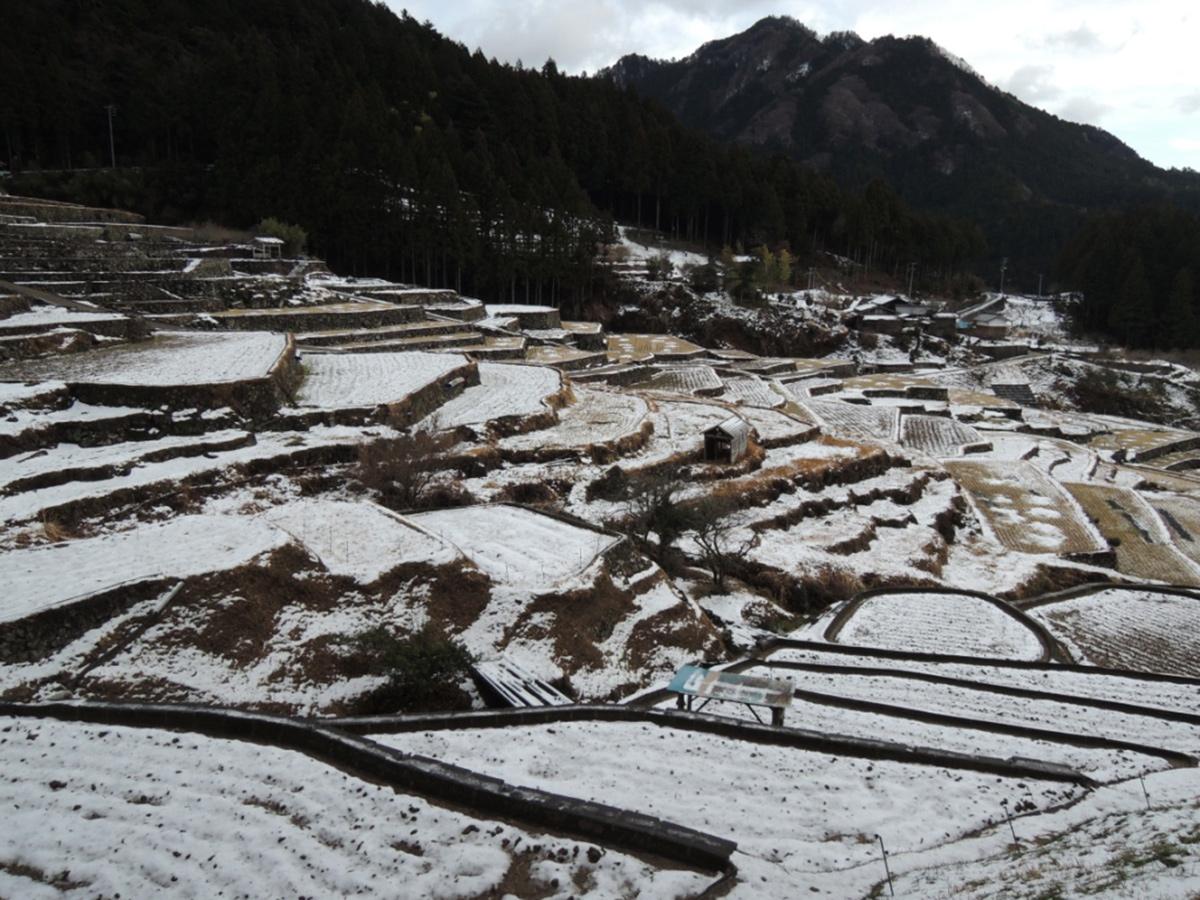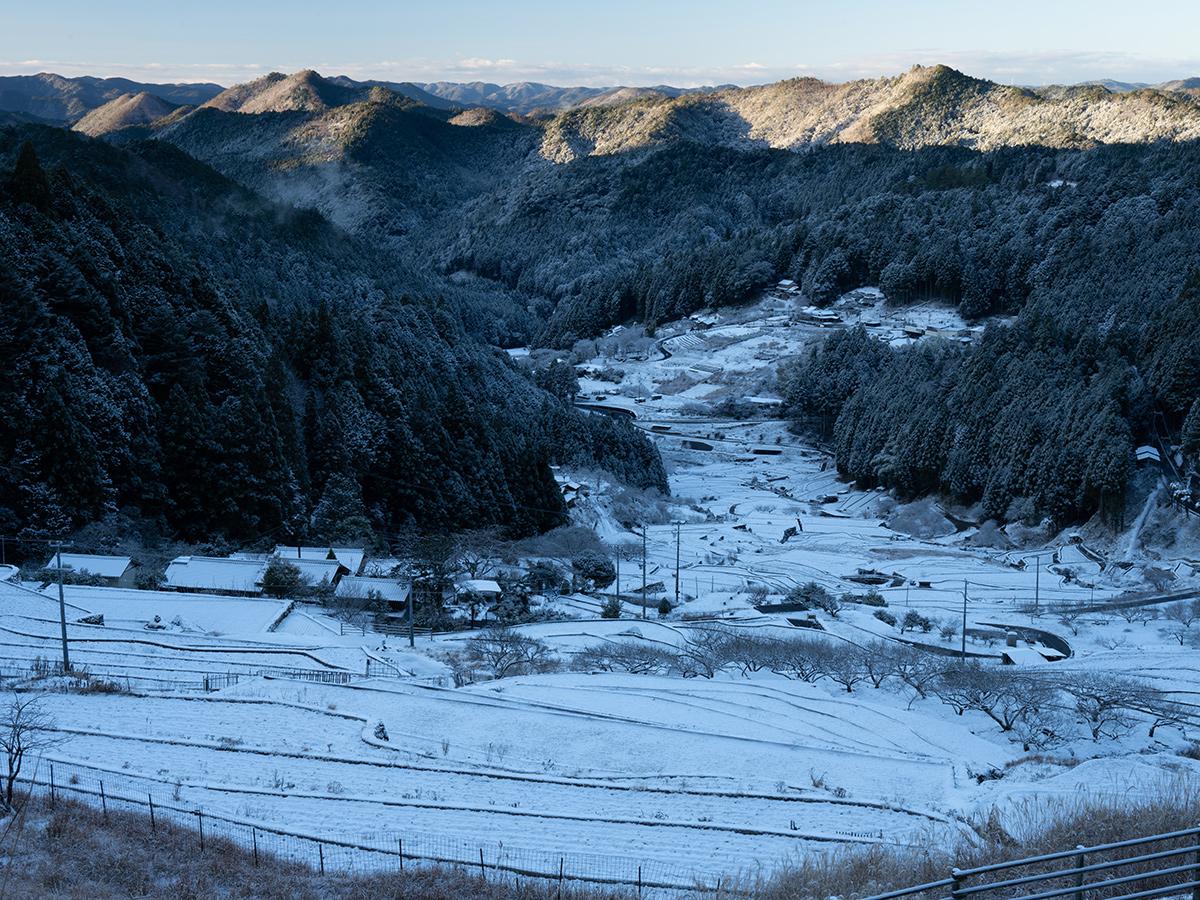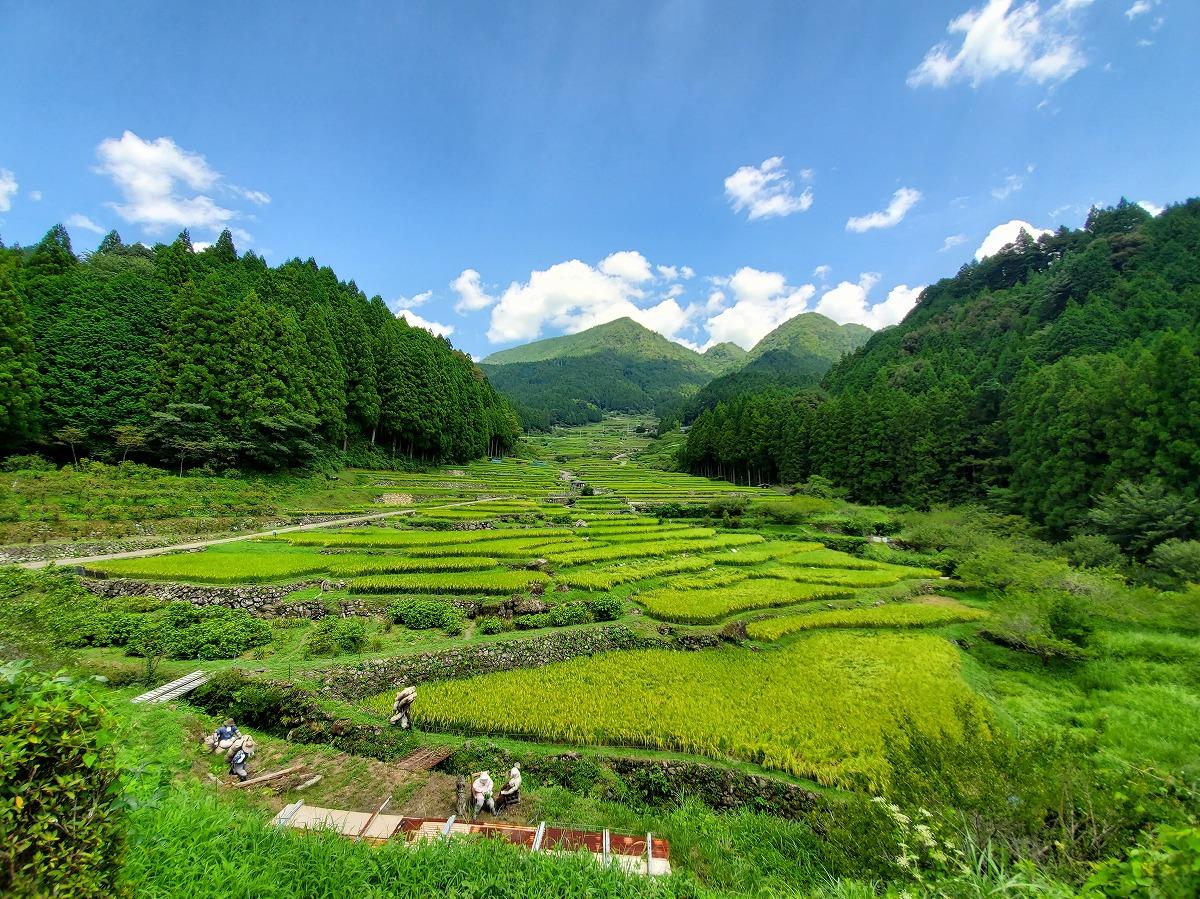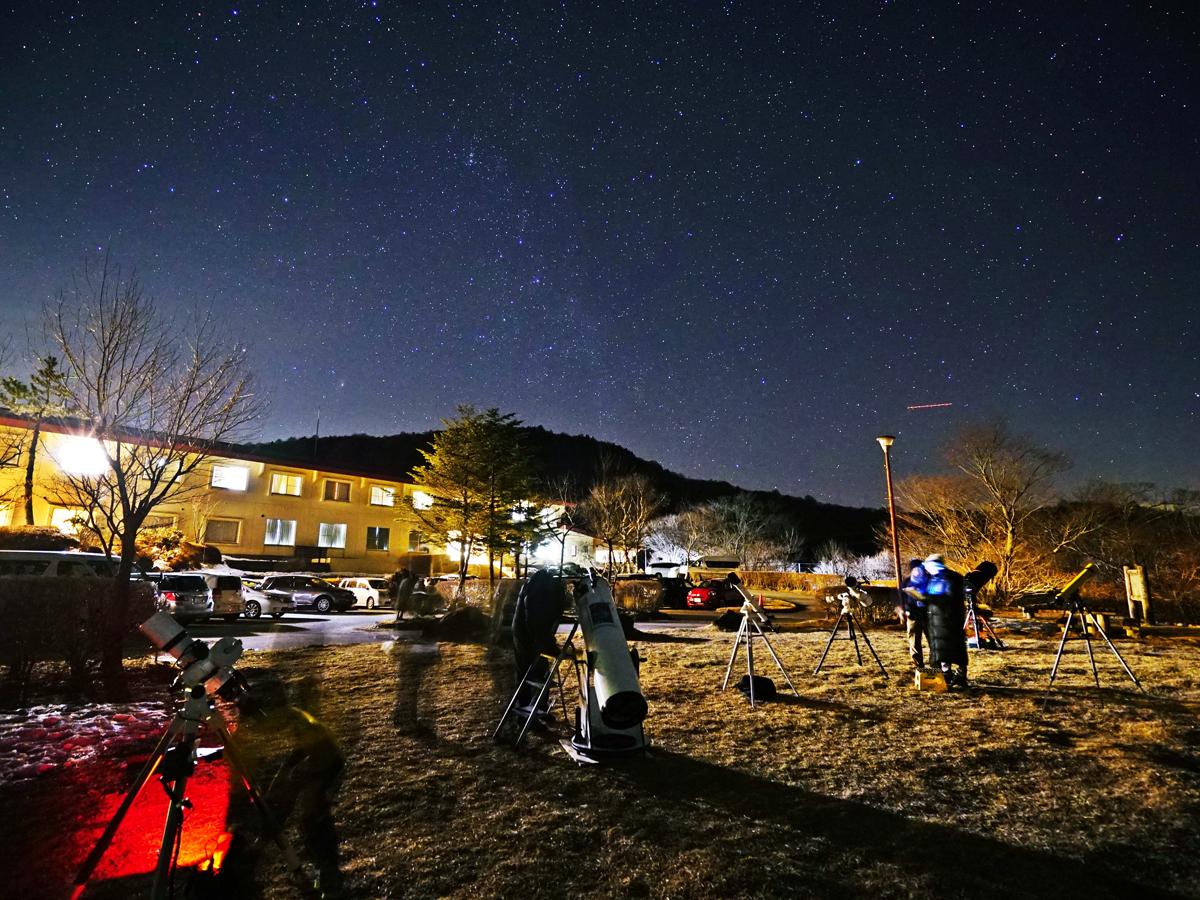Feel Japan's Four Seasons
The Japanese archipelago, stretching over 3,500 kilometers from north to south, experiences diverse climates across its regions. The country is characterized by four distinct seasons: spring, summer, autumn, and winter.
According to the Japan Meteorological Agency, spring encompasses the months of March to May, while summer lasts from June to August. Autumn arrives in September and lasts until November, followed by winter from December to February.
While many countries around the world also have four seasons, the Japanese people have a unique connection to these seasonal changes in their daily lives. They express their emotions through songs that capture the essence of each season, appreciate the beauty of blooming flowers, and infuse seasonal themes into their culinary traditions and daily activities. The delicate sensitivity to experiencing and embracing the four seasons has been a cherished aspect of Japanese culture throughout history.
Aichi, a Treasure Trove of Beautiful Nature
Aichi Prefecture, located at the heart of Japan, enjoys a pleasant climate throughout the year. Its unique geographical features, with peninsulas extending into the sea, meandering rivers across vast plains, and mountain ranges resembling cascading rooftops, contribute to its diverse climate and cultural landscape. Describing the multifaceted allure of Aichi in a few words is challenging, as the prefecture offers a rich tapestry of experiences. However, one aspect that stands out is its proximity to captivating views of the ocean, mountains, and rivers, all conveniently accessible from Nagoya.
Among the renowned scenic spots in Aichi, Korankei is a picturesque gorge adorned with vibrant autumn foliage. Obara is celebrated for its shikizakura, cherry blossoms, which bloom both in spring and autumn, offering a unique spectacle. Yotsuya Senmaida Thousand Rice Paddies, located at the foot of a mountain, presents a breathtaking expanse of terraced rice fields. These are just a few examples of the numerous locations where visitors can immerse themselves in the beauty of the changing seasons.
Spring
As the chill of winter recedes and the temperatures grow milder, the arrival of spring is heralded in Japan. The perception of this season's onset may differ from person to person. Some find it in the sight of blooming plum trees and cherry blossoms, while others hear the melodies of birds returning from their migration. Regardless of the specific cue, spring is a time of great joy, signaling the end of the harsh and prolonged winter. March marks the season of graduation, as students bid farewell to their academic institutions. April, on the other hand, signifies new beginnings as it ushers in the admissions period. This association with transitions in education makes spring a time of both reunions and farewells.
Cherry blossoms — Nagoya Castle: Spring Festival (Nagoya City)
Period: Mid-March to early May
(Best time to see the cherry blossoms: Late March to early April)
Nagoya Castle hosts festivals throughout the year, but none draws more visitors than the Spring Festival, celebrated during the cherry blossom season. The castle grounds come alive with approximately 1,000 cherry blossom trees, offering breathtaking views of Japan's beloved varieties such as someiyoshino and shidarezakura. Among the cherry blossoms found within the castle grounds, you can also find a rare native Japanese variety called gioiko, which stands out with its green coloration. These unique cherry blossoms can be admired near the Ninomaru Teahouse and in the Ninomaru East Garden. Initially light green in color, they transform into vibrant magenta before their brief blooming period concludes. Don't miss the opportunity to seek them out and appreciate their distinct beauty.
As dusk descends, the illuminated cherry blossoms create a captivating spectacle, with Nagoya Castle standing proudly amidst a fantastic display of yozakura blossoms. This breathtaking scene offers a rare and enchanting view that is sure to leave a lasting impression. For those seeking to capture the perfect photograph, explore the inner garden, which provides an ideal setting to capture the cherry blossoms alongside the castle's majestic main keep.
The Spring Festival at Nagoya Castle offers more than just picturesque scenery. Various events are held during the festival, including special public exhibitions showcasing important cultural properties that have remained unchanged since the castle's founding. Additionally, visitors can enjoy performances by warlords and ninjas adorned in attire inspired by the Warring States period, adding a touch of historical flair to the festivities.
Cherry Blossoms — Okazaki: Cherry Blossom Festival (Okazaki City)
Period: Late March to early April
Okazaki Castle, the birthplace of Tokugawa Ieyasu, holds a special place in Japanese history and culture. Every spring, the castle grounds come alive with the vibrant beauty of approximately 800 someiyoshino cherry blossom trees, known to be the finest in the entire Tokai region. The sight of these cherry blossoms in full bloom, harmoniously blending with the castle's surroundings, creates a quintessentially Japanese landscape that captivates visitors from both near and far.
Cherry Blossoms — Iwakura Gojo River: Cherry Blossom Festival (Iwakura City)
Period: Late March to early April
The Gojo River in Iwakura City is a picturesque location renowned for its stunning cherry blossoms. Considered one of the top 100 cherry blossom spots in Japan, the riverbanks come alive with the vibrant hues of approximately 1,400 cherry blossom trees that stretch along a scenic 7.6-kilometer stretch. During the spring season, visitors flock to the area to enjoy leisurely strolls beneath the blooming cherry blossoms, creating a breathtaking avenue of pink beauty. In addition to the natural spectacle of the cherry blossoms, the Iwakura Cherry Blossom Festival offers a range of cultural events that showcase the region's history and traditions.
One notable event is the demonstration of the traditional technique of nombori-arai held in the river. This technique involves washing off the glue used to dye carp-shaped banners called koi-nobori after the dyeing process is complete. The river becomes a focal point for this cultural activity, adding an enriching experience to the festival.
Another highlight of the festival is the parades featuring local dashi. These special cars, mounted on wheels made from logs, are used to parade around the town during festive occasions. The local community comes together to move these dashi through collaborative effort, showcasing the unity and spirit of the region.
Nanohana — Irago Nanohana Garden: Atsumi Peninsula Nanohana Festival (Tahara City)
Period: Mid-January to late March
From mid-January to late March, the whole of the Atsumi Peninsula is awash in yellow with the blossoms of more than 10 million nanohana (rapeseed flowers). Irago Nanohana Garden is the main venue for the Atsumi Peninsula Nanohana Festival and offers some 2 million rapeseed blossoms to admire. As visitors stroll along the paths amid the blooming rapeseed flowers, navigate through the maze, and ascend the hills, they can immerse themselves in the ambiance of spring within the expansive yellow landscape. To capture a memorable photo amidst the vibrant scenery, the Nanohana Blanco Swing offers an ideal setting. The swing, adorned with rapeseed blossoms, stands against a backdrop of palm trees and the clear blue sky.
Summer
During the summer months in Japan, from June to August, the weather becomes hotter and the sun shines brighter. However, from the end of June to the middle of July, the country experiences the monsoon season, known as tsuyu in Japanese. Once the monsoon ends, the true summer season begins, marked by high temperatures often exceeding 30°C. In addition to the heat, the Japanese summer is characterized by high humidity, which can lead to profuse sweating. Staying hydrated is essential when engaging in outdoor activities during this season.
Summer in Japan offers a variety of enjoyable experiences, including summer festivals, fireworks displays, swimming, and camping. With Japanese schools having a summer vacation of approximately 40 days from late July to the end of August, people have ample time to engage in various activities and make the most of the season.
Sunflowers — Sightseeing Farm Hana Hiroba (Minamichita Town)
Hana Hiroba, in warm Minamichita Town, is a picturesque sightseeing farm known for its seasonal flowers. Visitors can delight in a variety of blooms, including poppies, hydrangeas, cosmos, and a wide range of other flowers. Among them, the sunflowers stand out as a favorite among visitors.
At Hana Hiroba, the planting of sunflowers is staggered into 12 rounds, ensuring a prolonged blooming period. From late June to early December, approximately 140,000 sunflowers paint the farm with a vibrant carpet of yellow. The sight is both romantic and stunning, making it a popular spot for marriage proposals and wedding photography.
In addition to the sunflowers, Hana Hiroba also showcases the charming bright-pink moss-rose purslanes during the summer season.
The admission fee grants visitors the opportunity to pick up to 10 flowers per person from the farm, allowing them to take a piece of the beauty home with them at no extra cost.
Autumn
As the summer heat gradually gives way to a more comfortable season, early September brings a transition known as zansho or lingering heat. Temperatures and humidity begin to recede, allowing for a more pleasant environment. Japanese people adapt to this change by swapping their short-sleeved clothes for long-sleeved ones.
When asked about this season's essence, many Japanese people will immediately mention autumn leaves. The autumn foliage, known as koyo, showcases the vibrant transformation of deciduous broadleaf trees as their leaves turn shades of red, yellow, and orange before eventually falling. It is a tradition for people in Japan to seek out and admire beautiful koyo spots, engaging in an activity called Momiji-gari, literally meaning foliage hunting. The breathtaking scenery created by the vividly colored foliage attracts crowds of people who yearn to experience its full splendor.
Autumn is also referred to as the Autumn of Appetite, this season also marks the peak of delicious foods harvested in Japan. With an abundance of fresh produce available, people eagerly indulge in the delectable flavors and culinary delights offered by the autumn harvest.
Autumn Foliage — Korankei Maple Festival (Toyota City)
Korankei, renowned for its autumn foliage, holds a significant place among Japan's most famous destinations. The temple situated in Korankei boasts an impressive display of approximately 4,000 maple trees comprising 11 different species. These trees line the riverside approaches and extend throughout the temple grounds, painting the landscape with a stunning array of vibrant colors during the autumn season. Visitors are treated to a breathtaking sight, with the red Taigetsukyo Bridge and the enchanting Maple Tunnel standing as iconic symbols of the picturesque gorge. Exploring the nostalgic streets of the former post town across the Asuke River further adds to the evocative atmosphere of the area.
Autumn Foliage — Higashiyama Zoo and Botanical Gardens: Maple Hunting (Nagoya City)
Period: Mid-November to early December
Higashiyama Botanical Gardens, renowned for its autumn foliage, is a popular destination in the city. The natural forests on the hills surrounding the gardens are adorned with 500 beautiful broadleaf trees, including Japanese red maples, creating a splendid display of autumn colors. The gardens also feature enchanting illuminations during the season, adding to the captivating atmosphere. The greenhouses and Western-style gardens, considered important cultural properties, are illuminated to recreate the warm glow reminiscent of the garden's early days. For those seeking a touch of Japanese ambiance, Okuike Pond and the traditional gassho-style house provide a picturesque setting. The gassho-style house was relocated from Shirakawa Village in Gifu Prefecture and offers the enchanting sight of upside-down maple" reflecting on the surface of the pond.
Winter
During winter, temperatures drop significantly, and the cold weather becomes noticeable. Aichi Prefecture's mountainous regions receive heavy snowfall, attracting visitors to the ski slopes of Mt. Chausu Plateau for winter sports activities.
It is also a popular time for enjoying warm and comforting nabe hotpot dishes, which can be found in many households and restaurants. Varieties like yose nabe, chankonabe, sukiyaki, and tonyu nabe are commonly available on menus during this season.
Snowy Scenery — Yotsuya's Senmaida (Shinshiro City)
Yotsuya's Senmaida are rice field terraces located on the slopes of Mt. Kurakake. These terraces have been preserved by around 20 farms for over 400 years.
They ascend from 220 meters to 420 meters and are constructed using stacked stones, offering a picturesque view that changes with the seasons. The best times to admire them are during early summer, after the rice planting in June until mid-July, and in early to mid-September when the rice ears turn ripe and vibrant before the harvest. Additionally, they also exhibit a beautiful sight when covered in snow.
Winter Stars — Mt. Chausu Plateau (Toyone Village)
Mt. Chausu Plateau is the highest sightseeing spot in Aichi Prefecture, offering a remarkable view of the night sky. With minimal light pollution and distance from residential areas, the sky is exceptionally clear, allowing for the naked-eye visibility of sixth-magnitude stars. It provides a unique opportunity to experience a natural planetarium and indulge in the beauty of the starry sky.











